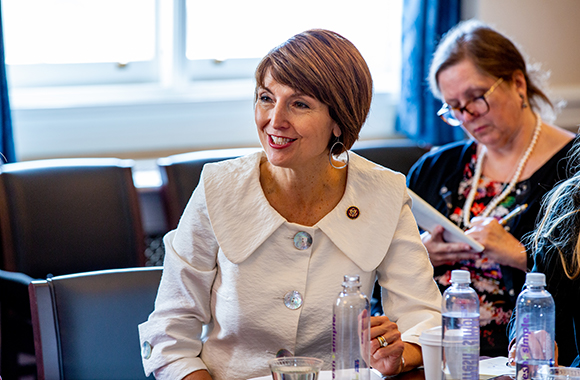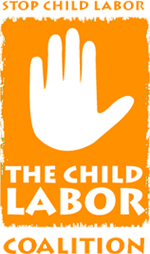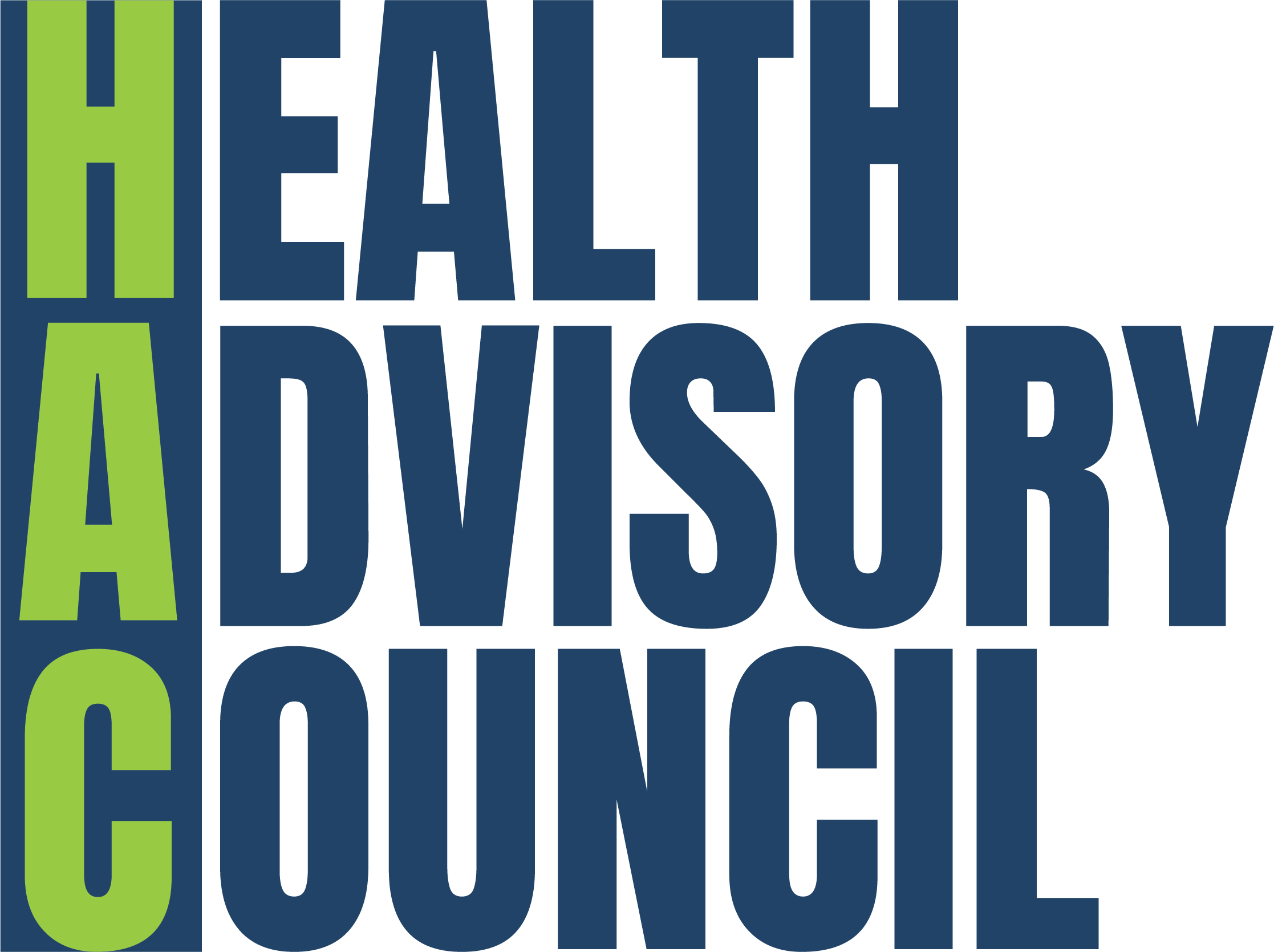Corinthian College is the first domino to fall in a misleading industry – National Consumers League
 Its an odd thing to cheer when an institution collapses, but in the recent case of the for-profit Corinthian College – one of the country’s largest for-profit colleges – applauding what appears to be its downfall, is the right thing to do. NCL has applauded actions by the Department of Education and other federal entities to insist on transparent and accurate results reporting for these schools.
Its an odd thing to cheer when an institution collapses, but in the recent case of the for-profit Corinthian College – one of the country’s largest for-profit colleges – applauding what appears to be its downfall, is the right thing to do. NCL has applauded actions by the Department of Education and other federal entities to insist on transparent and accurate results reporting for these schools.
The rise of the for-profit college industry, which largely recruits low income, military, and students of color falsely promise a solid education and good job prospects upon graduation when in reality, they have dismal records on both counts. For-profit colleges have been yet another example of industry engaging in predatory practices that target low-income Americans.
For profit colleges are dependent on students taking out hefty federal loans in order to pay the often sky-high tuition. Without federal loan programs, the vast majority of these colleges cannot survive. There are some exceptions – those students getting short term degrees to be a dental hygienist, medical technician, or other technical degrees may in fact get the training they need to get real jobs that pay decent wages upon graduation. But there are far more deceptive actors in this industry than good ones. When the federal government began tightening up requirements on for-profits getting, schools like Corinthian went into a financial tailspin.
Since January several states and the US Department of Education have been investigating Corinthian. NCL has long supported efforts by federal regulators to crack down on these schools.
Corinthian has 72,000 enrolled students and 12,000 employees. It has now agreed to shut down 100 campuses in the coming months. The school’s downfall came when it refused to provide DOE with data on how students were succeeding and admitted to the California attorney general Kamala Harris that it had falsified data on whether graduates were getting jobs, and had lied to investors as well. The company advertised rates suggesting that 100 percent of graduates were getting jobs when in fact not a single student had done so within the prescribed period of time.
The lawsuits say the school heavily recruited low-income single parents on the brink of poverty. In June federal officials put Corinthian on a 21 day delay for receiving federal aid. Corinthian said it would have to shut down because even a short-term delay in access to federal funds would result in its downfall.
Not surprisingly other for-profit colleges are lobbying heavily to weaken rules that allow them to get access to federal loan monies. These lobbying efforts should not succeed. While the Obama administration’s rules could be stronger, the current rules will help stop bad actors. Under the rules, for example, the program’s loan default rate could not exceed 30 percent – the for- profit colleges typically have a much larger default rate because the vast majority of students drop out or can’t find jobs after graduation and thus cannot repay their loans.
Most important to protecting low-income students lured to take out loans for worthless degrees, schools that lose eligibility for federal funds should have to pay back the loans and Pell grants themselves and not saddle students with this debt. Corinthian College, one of the biggest, is the first to fall, but others engaging in similar false and deceptive practices will go down as well, and that is for the best.
















